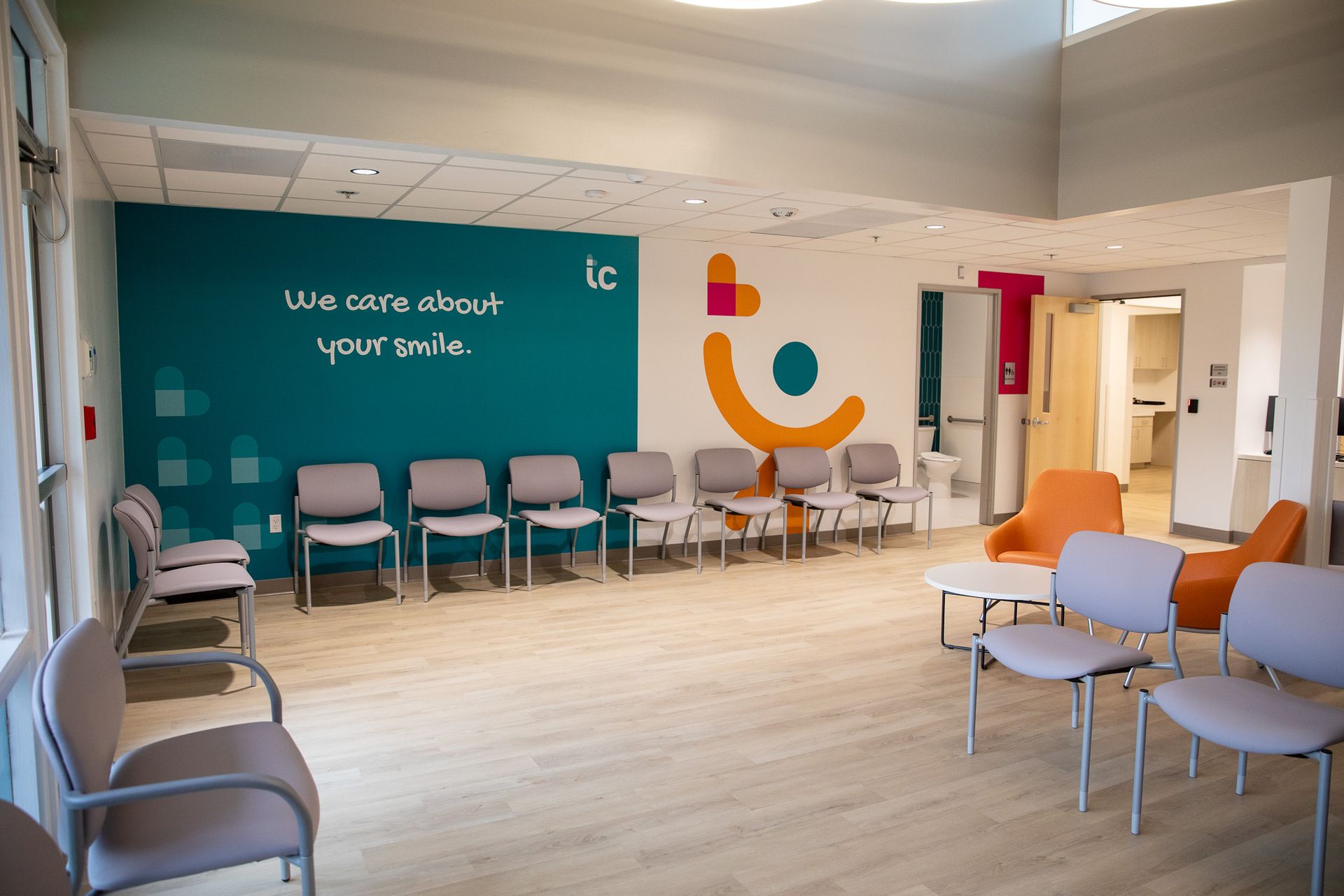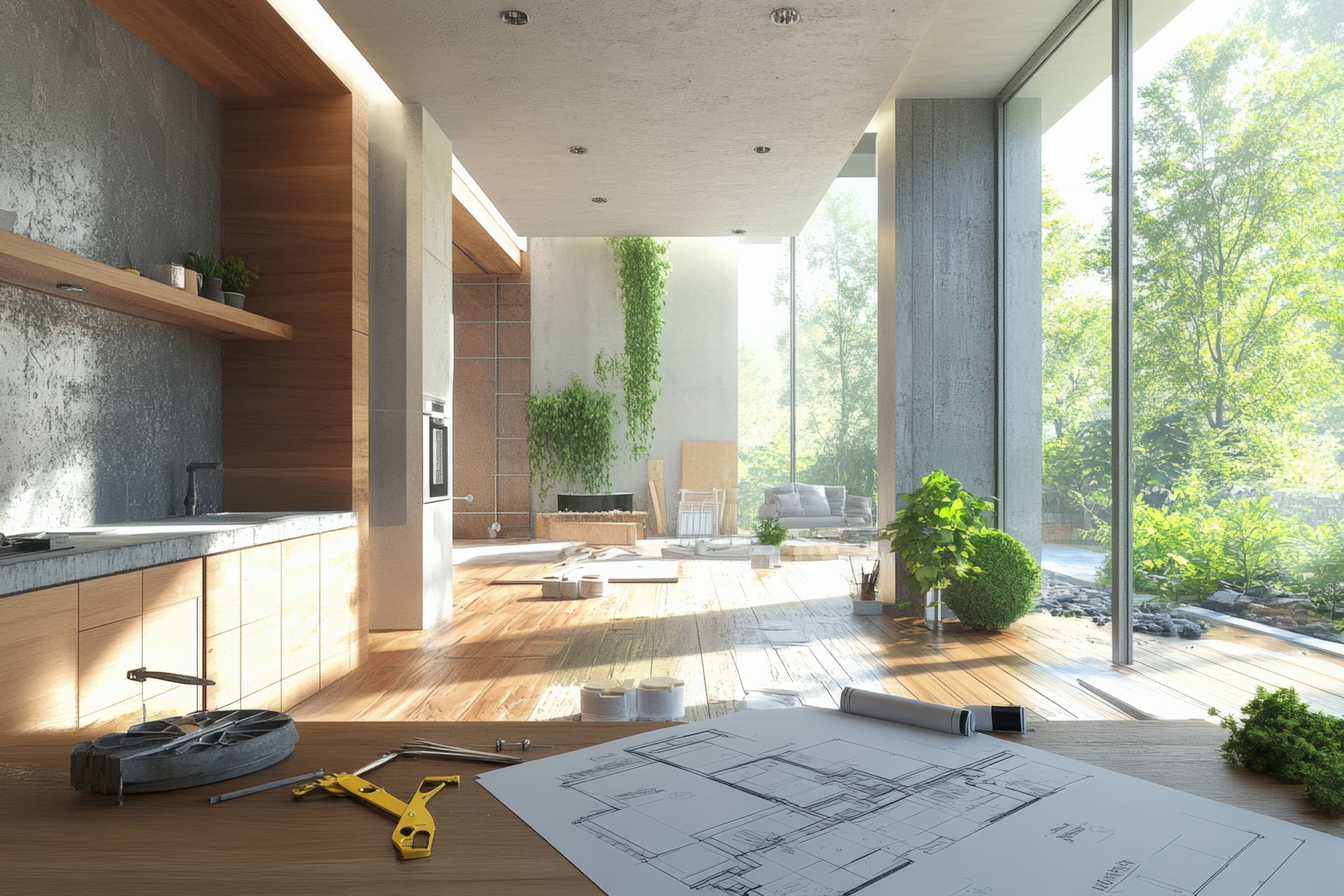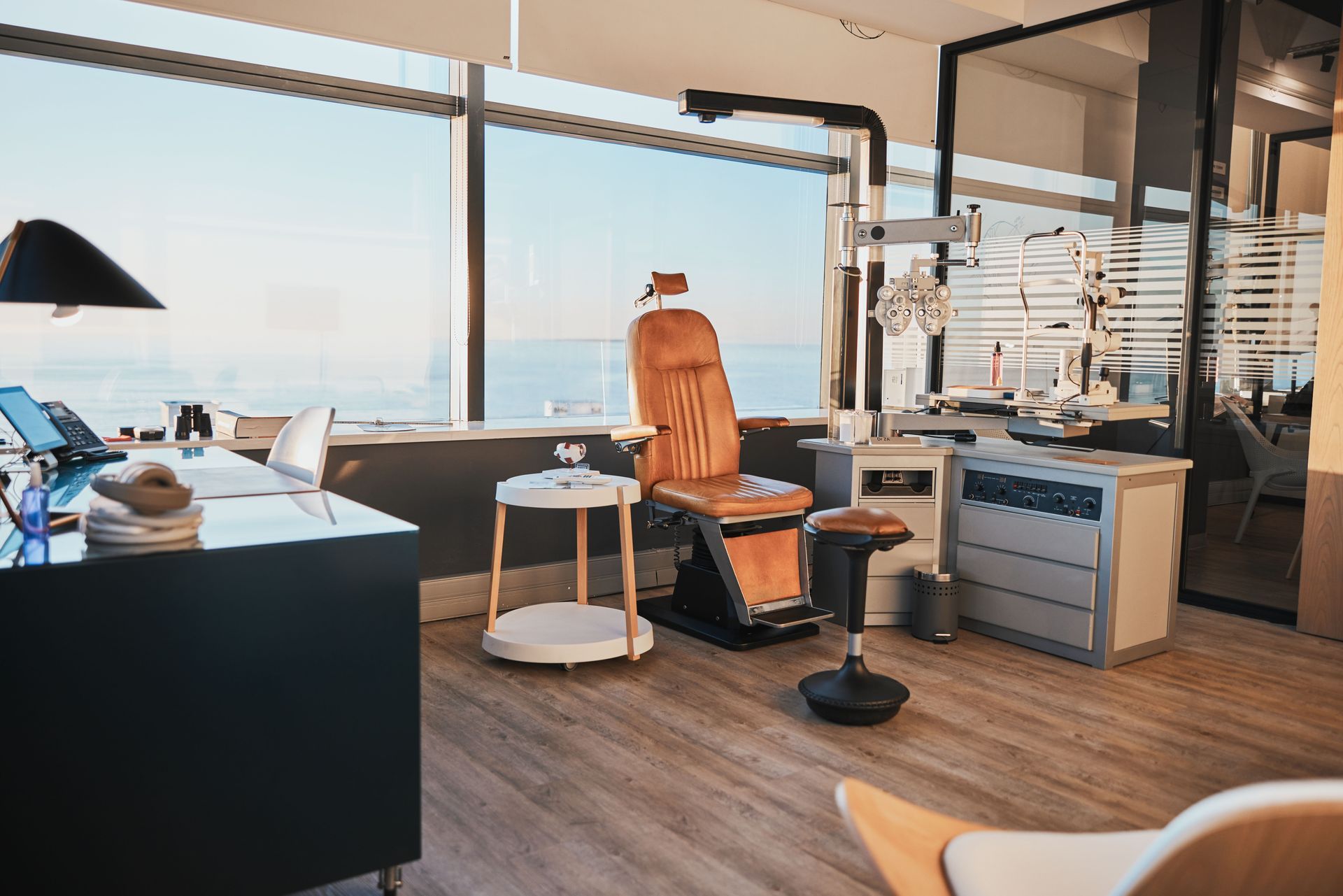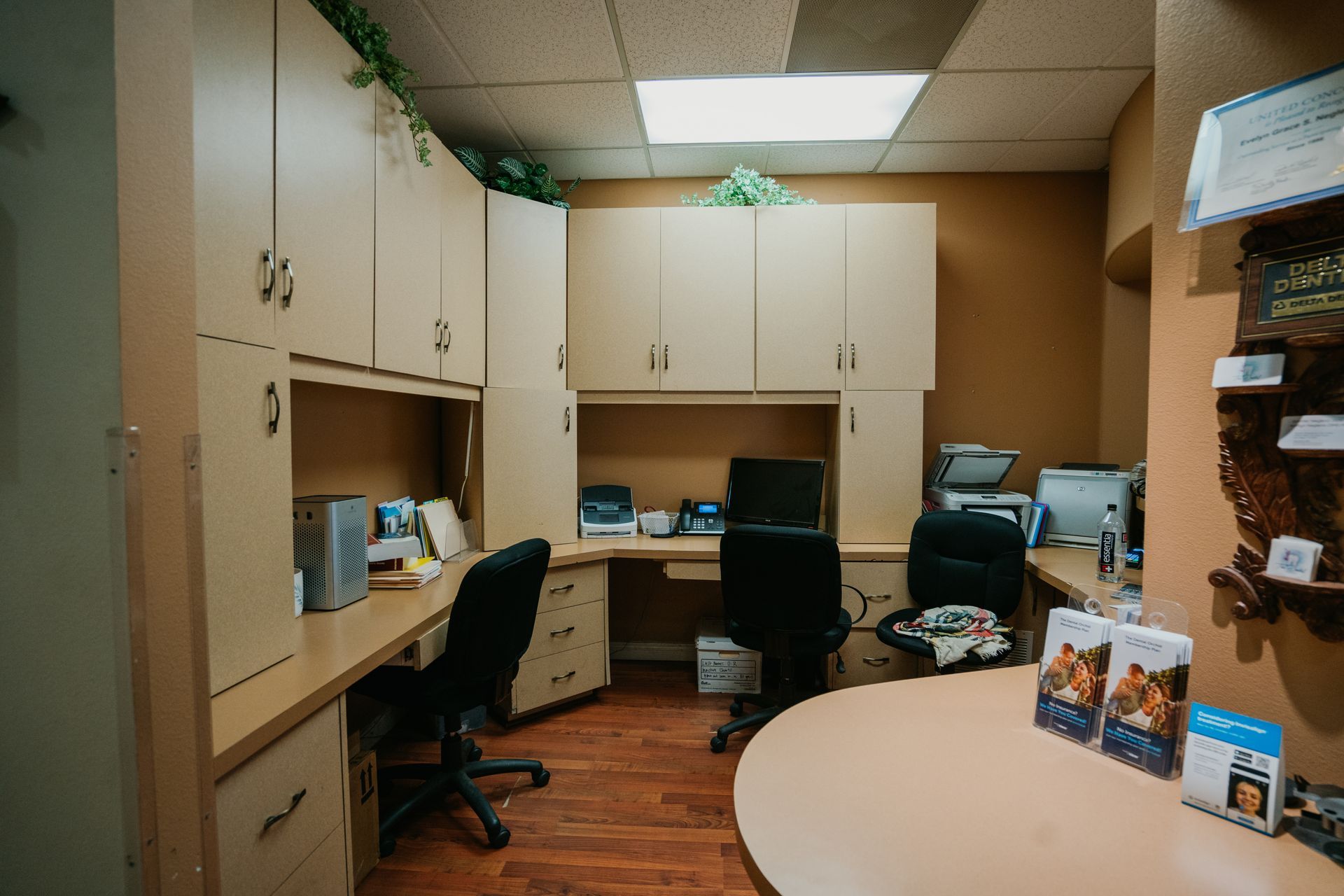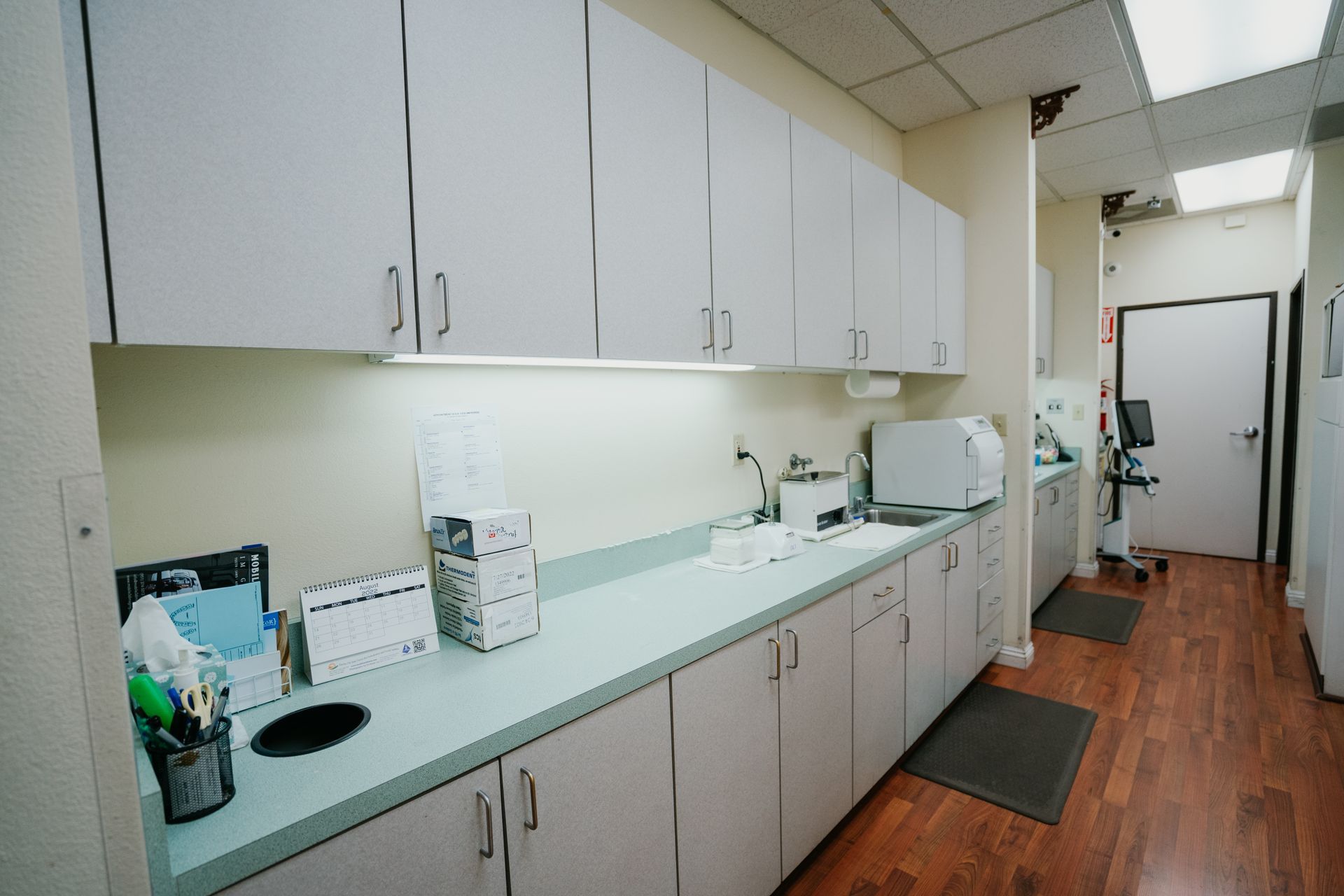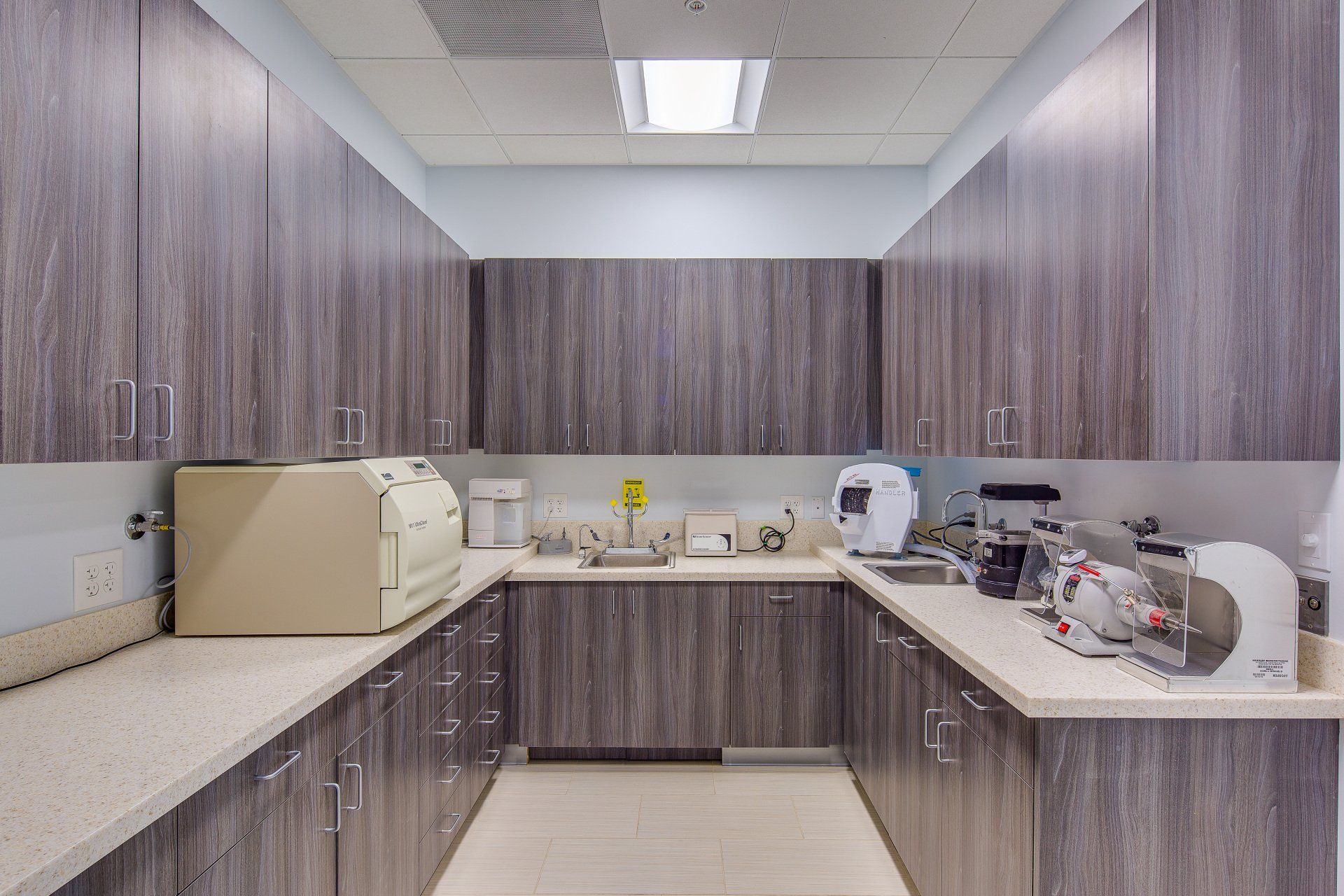Tips for Maximizing ROI on Tenant Improvement Projects
Unlocking the Full Potential of Your Commercial Real Estate Property with Strategic Tenant Improvement Projects
Tenant improvement (TI) projects can greatly increase the value and functionality of your commercial real estate property. They can also be a significant investment, so it is crucial to maximize the return on investment (ROI). In this article, we outline ten essential tips to help you make the most of your tenant improvement projects, ensuring you strike the perfect balance between cost, quality, and the overall value they add to your property.
Understand Your Tenants' Needs
A successful TI project should meet the specific needs of your current or prospective tenants. Conduct market research and surveys to understand their requirements, preferences, and expectations. This will ensure that your improvements are targeted and effective, increasing the likelihood of higher rents and longer lease terms.
Develop a Realistic Budget
Create a comprehensive budget that accurately reflects the cost of materials, labor, permits, and other expenses. This will help you prioritize improvements and prevent overspending. Be sure to include a contingency budget for unexpected costs, as these can quickly erode your ROI.
Focus on Energy Efficiency
Investing in energy-efficient upgrades, such as LED lighting, HVAC systems, and insulation, can lead to significant savings on utility bills. These upgrades not only lower operating costs for tenants but also make your property more attractive to eco-conscious renters.
Optimize Space Utilization
Maximizing the use of available space is essential for enhancing your property's value. Consider flexible layouts, open floor plans, and multi-purpose spaces that can be easily adapted to suit the needs of different tenants.
Invest in Quality Materials
While it can be tempting to cut corners on materials to save money, investing in high-quality, durable materials will pay off in the long run. They typically require less maintenance, have longer lifespans, and are more attractive to prospective tenants.
Ensure Compliance with Building Codes and Regulations
Failing to comply with building codes and regulations can result in fines, delays, or even the need for costly retrofitting. Work closely with your project team to ensure that all improvements meet the required standards.
Leverage Tax Incentives and Rebates
Take advantage of available tax incentives and rebates for energy-efficient upgrades or other qualifying improvements. These incentives can significantly offset the costs of your project, further boosting your ROI. Hiring a knowledgeable construction company like Firestone Builders can ensure you are getting the best industry rates.
Maintain Open Communication
Regular communication with your project team, tenants, and stakeholders is crucial for a successful TI project. Share updates, address concerns, and solicit feedback to ensure all parties are on the same page and to minimize potential disruptions.
Maximizing the ROI on tenant improvement projects is crucial for property owners and investors. By following these ten essential tips, you can ensure that your investments add significant value to your commercial real estate property, ultimately leading to higher rental income, tenant satisfaction, and long-term success.
You might also like
